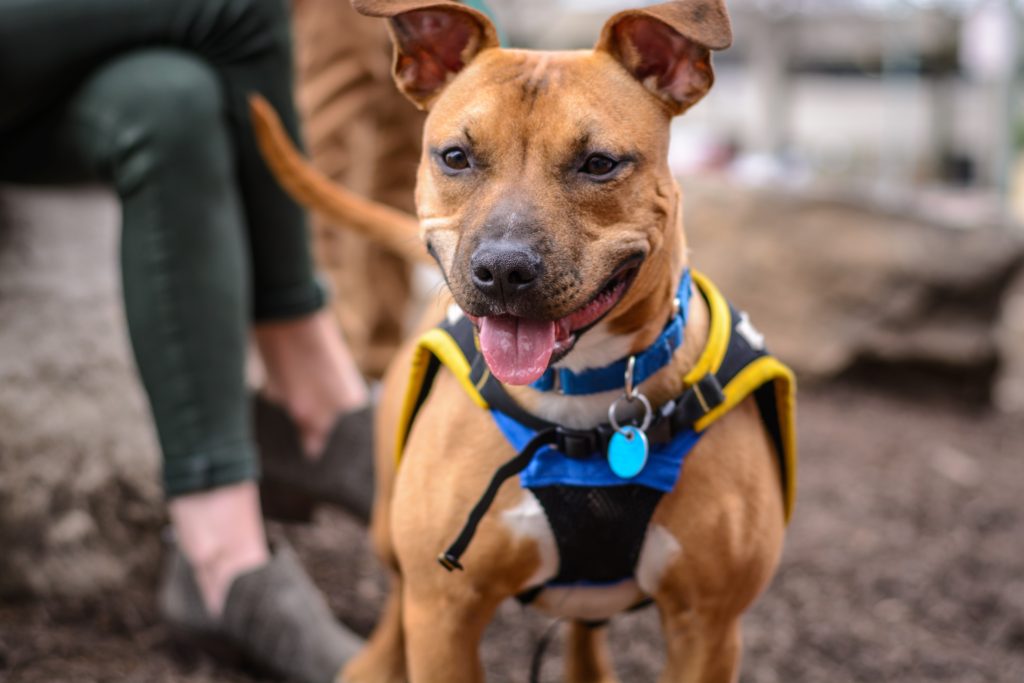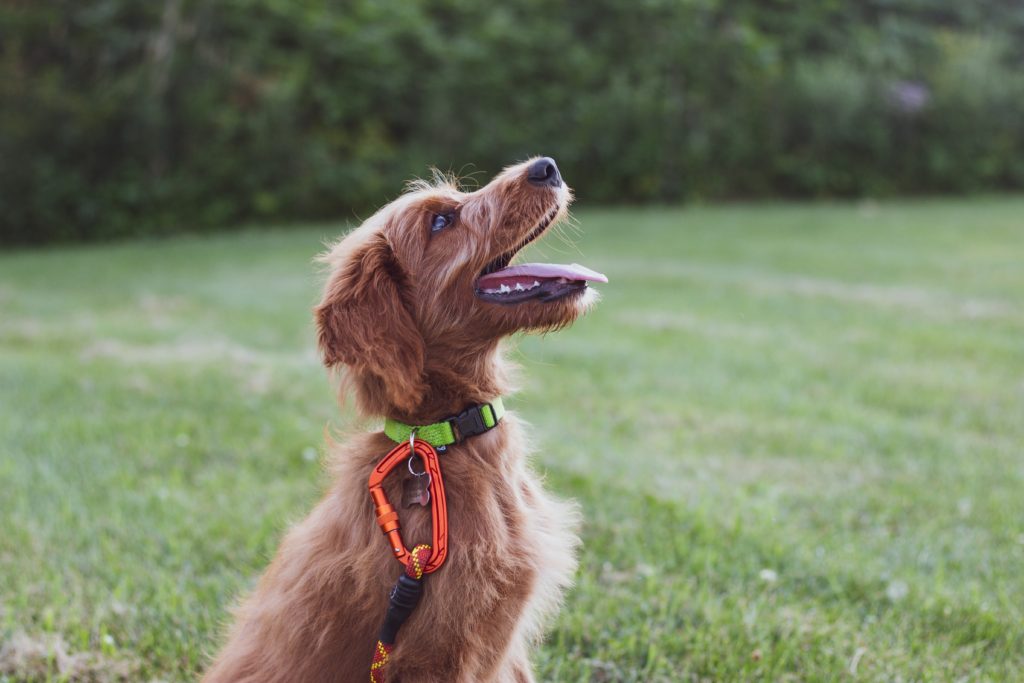5 Steps: How To Find A Good Dog Trainer
If you’re brand new to raising a puppy, have adopted a misbehaving older dog, or would just like to learn the best ways to train a dog, going to obedience school is a great idea. However, there are bad schools out there, who are more interested in taking your money than training your dog.
In this guide, we will cover our top 5 steps on how to find a good dog trainer.
1. Don’t Only Look at Google
Google reviews are great for some things, and not the best for others. Just because a dog trainer has fantastic reviews on Google, doesn’t mean that the trainer is actually good, or is using methods approved by experts.
Start by looking up local accreditations for dog trainers. In the USA, you should look for trainers certified by the Certification Council for Professional Dog Trainers. The CCPDT provides certification based on the trainer’s knowledge of humane and scientifically backed training methods.

In Canada, there is the Canadian Association of Professional Dog Trainers. Similar to the US counterpart, you can use their “find a trainer” function to find accredited trainers near you. Another resource is your province-specific SPCA and their AnimalKind programs.
If you do not have an association providing accreditations in your country, or there are no accredited trainers near you, ask for advice at local humane or rescue societies.
2. Review their Training Methods
Once you’ve found a few trainers that are either accredited or endorsed by local humane societies, talk to the trainers and ask them about their training methods. Here is what you should look for to find a good dog trainer:
- Positive reinforcement training
- Reward-based – focused on rewarding positive behaviors, NOT punishing negative behaviors.
- Treats, play, and praise are used to motivate the dogs, NOT fear or anxiety.
- Use low calorie treats for training so you don’t need to worry about affecting your dog’s health with all those treats
3. Meet the Trainer
Before you sign up for a class, you should meet the trainer and their team. Much like a good breeder, a good dog trainer will be happy to meet with you, answer your questions, and get to know you and your dog.
While meeting with your trainer, ask questions about their methods, their experience, and their experience with different breeds. Finally, ask them if you can sit in on a class – a good trainer will welcome you.
Look out for the following traits in the trainer, some of which may only be visible after you’ve sat in on a class to watch.
- Patience and unemotional while teaching, and has a calm energy about them
- Wants to teach you and your dog
- Offers explanations on why they’re coaching specific behaviors
- Uses humane training methods, NOT fear or anxiety
- Some trainers will say that a balance can be found between negative and positive reinforcement. Not true, causing your dog pain or fear will lead to mistrust and a damaged bond between you and the dog. Avoid these trainers.
- Food is used as motivation

4. Sit in on a Class
As mentioned above, a good trainer will be happy to have you sit in on a class.
When sitting in on a dog obedience class, here is a list of things to look out for:
- The trainer has assistants – 3 dogs per assistant is a good ratio
- The trainer is engaging with the students and their dogs – not just barking orders
- His encouraging, patient and calm nature you identified earlier is still present – no yelling or negative energy
- Older dogs and puppies are not in the same class – they require different levels of training
- Treats are being handed out – avoid trainers that don’t allow treats
- Dogs are having fun!
5. Be Prepared
The unfortunate truth is that in many places, dog training is not a regulated profession.
The tips provided in this guide on how to find a good trainer will help to protect you from poor trainers, but it is still best to prepare for the worst.
Before engaging in any training, as a final checklist, you should ask these questions.
Training Methods
- How do you reward my dog for good behaviors?
- How do you react to my dog’s poor behaviors?
- What side effects result from your training methods?
- If the trainer indicates any kind of methods that include stress, pain, or anxiety, do not use this trainer
No matter how good a trainer is, they can’t fix everything. Be wary of the following:
- Trainers that claim they can fix any and all dogs
- Unfortunately, an experienced trainer will know they can’t offer a guarantee. Some dogs just don’t get along with some humans.
Conclusion
This guide is a good place to start when you’re looking for dog training for an older rescue dog, a puppy trainer, or for your own knowledge.
Just be aware that there are many different ways to train a dog, and they are not all offered in the same way.
Always ask questions. Always trust your gut. Training should be a fun and positive experience and don’t be afraid to say NO if you feel a line has been crossed.
As an Amazon Associate, I earn from qualifying purchases.



